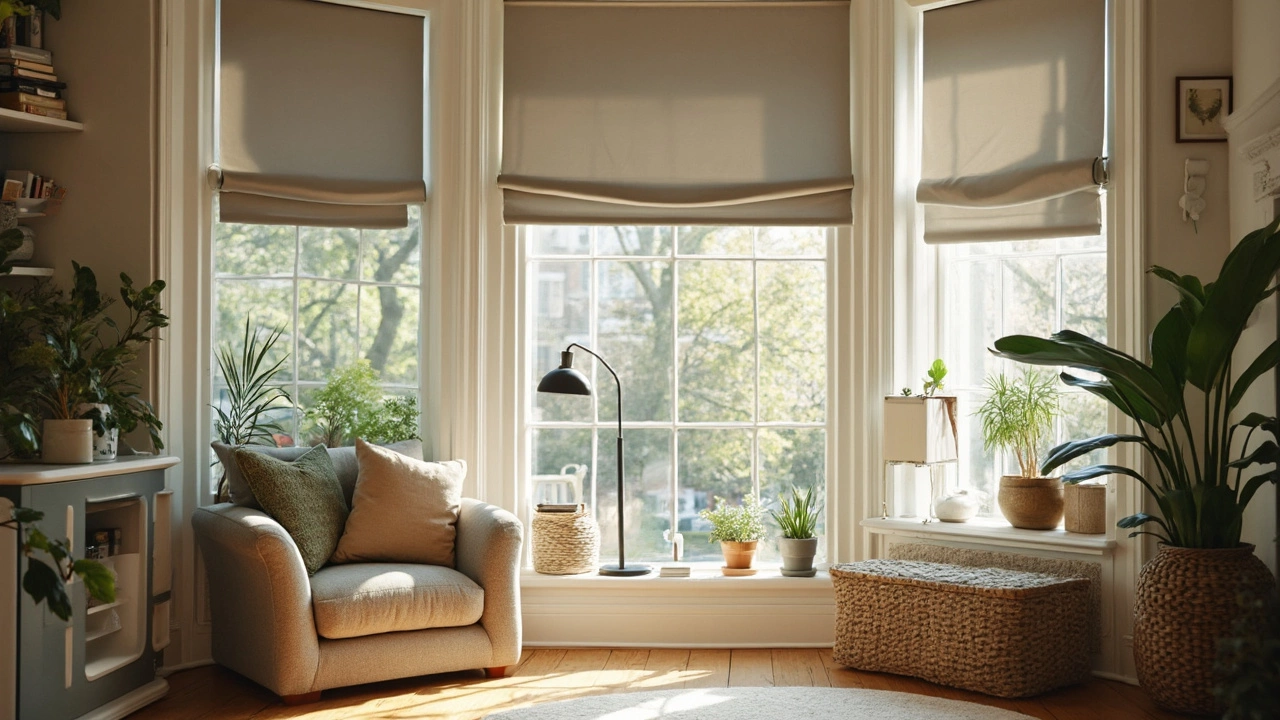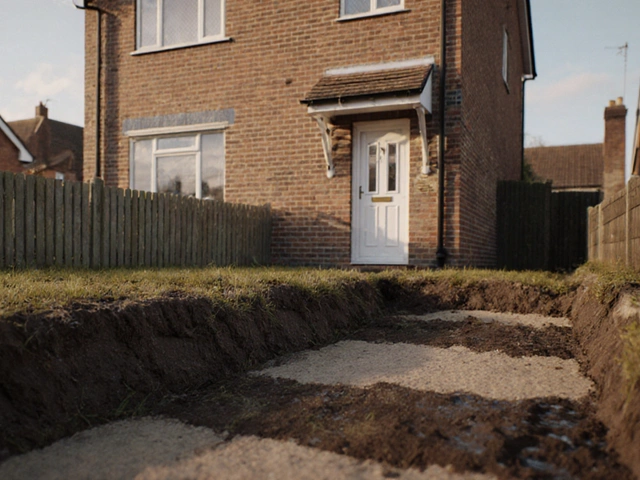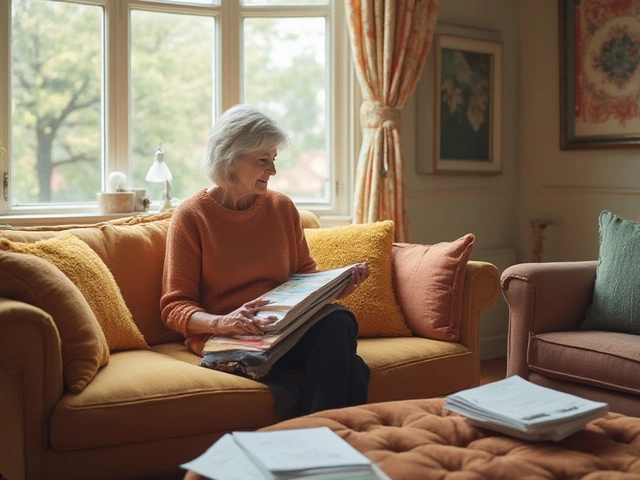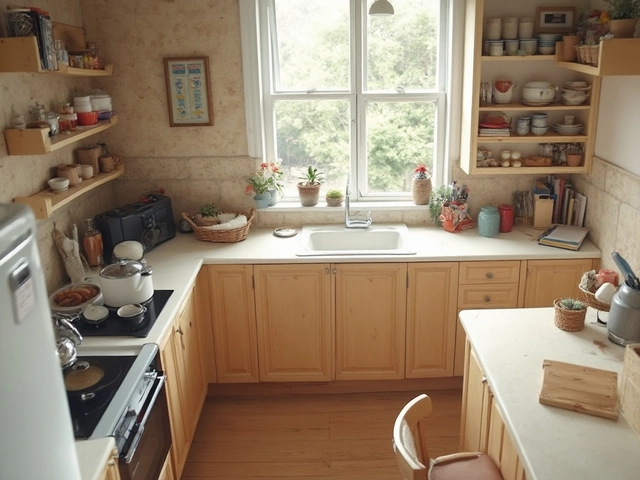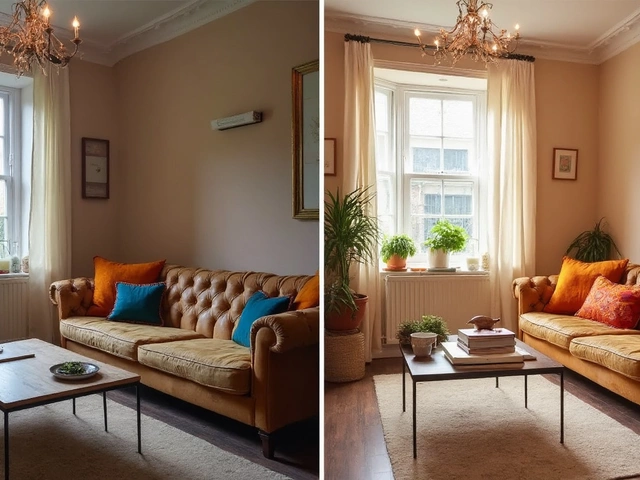Big Window Design: Benefits, Styles, and How to Use Them in Your Home
When you think of a big window, a large, often floor-to-ceiling opening in a home that maximizes natural light and outdoor views. Also known as large windows, it transforms how a room feels—not just by letting in sunlight, but by connecting you to the outside world. A big window isn’t just about size. It’s about how it changes the rhythm of your day. Morning light hits the kitchen counter earlier. Evening sun warms the living room sofa. You see the seasons change without stepping outside.
Big windows work best when they’re paired with the right window placement, strategic positioning of windows to optimize light, ventilation, and views based on room function and sun direction. A big window facing south in the UK gets the most all-day sun, perfect for living rooms. One on the north side stays cooler, great for home offices. But a big window on the east? That’s your alarm clock—bright, early, and unavoidable. And if you’re putting one in a bathroom? Make sure it’s frosted or high up. Privacy still matters.
Then there’s the natural light, sunlight that enters a building through windows, doors, or skylights, reducing the need for artificial lighting and improving well-being. It’s not just about saving on electricity bills. Studies show people in rooms with strong natural light sleep better, feel less stressed, and even recover faster from illness. A big window doesn’t just brighten a room—it lifts your mood. That’s why so many modern homes, even small ones, sacrifice wall space for glass. It’s not a luxury. It’s a health choice.
Not all big windows are the same. You’ve got picture windows—solid, unbroken panes for maximum view. Bay windows that stick out and create cozy nooks. Floor-to-ceiling glass that turns a wall into a portal. Sliding glass doors that double as exits. Each has a different feel. A picture window in a bedroom feels calm. A floor-to-ceiling one in a living room feels bold. And if you’re thinking of installing one, don’t forget the frame. Aluminum? Thin and modern. Wood? Warm but needs care. uPVC? Low-maintenance but can look cheap if not done right.
Big windows also change how you use space. Furniture placement shifts. You stop hiding behind curtains. You start arranging sofas to face the view. Rugs get pulled closer to the glass. Even paint colors change—you go lighter, because the light does the work. And if you’ve got a view? That’s your decor. No need for fancy art. Just a good chair and a big window.
But big windows aren’t magic. They can make a room too hot in summer. Too cold in winter. That’s why insulation and glazing matter. Double or triple glazing keeps heat in. Low-e coatings bounce back the sun’s heat. Thermal breaks in frames stop cold from creeping in. You don’t want a beautiful window that turns your living room into a greenhouse—or an icebox.
What you’ll find below are real examples of how big windows change homes. From small UK terraces that gained a whole new feel with one wall of glass, to modern extensions that turned dark basements into sunlit hangouts. You’ll see how people solved problems—privacy, heat, cost—without giving up the light. No fluff. No theory. Just what works in actual homes.
Big Window Ideas: How to Cover a Large Window Without Curtains
Struggling with a huge window but not a fan of curtains? This article covers smarter, stylish ways to cover big windows, from modern blinds to creative DIY solutions. Discover how to keep your space private and manage sunlight without killing your style. Get practical tips and learn what works in real homes. These ideas don’t need a big budget or a design degree. Stay comfortable and make that big window work for you.
